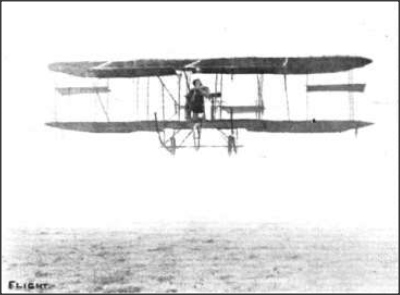Morrissey was born in Portadown, County Armagh in 1972, and she studied for a BA in English and German at Trinity College, where she attended a creative writing group with Michael Longley. She has, to date, published six collections of poetry: There Was Fire in Vancouver (1996); Between Here and There (2002); The State of the Prisons (2005); Through the Square Window (2009); Parallax (2013) and On Balance (2017). Found Architecture, Selected Poems, was published by Carcanet in 2020.
From the outset, her work was greeted with critical acclaim. Morrissey won the Patrick Kavanagh Award for an unpublished manuscript at the age of 18, making her the youngest poet ever to do so. Three of her first four collections were shortlisted for the T. S. Eliot Prize, which she eventually won with Parallax. She is also recipient of the Irish Times Poetry Now Prize and the Foreword Poetry Prize for a best collection among many other awards and distinctions.
Morrissey is a versatile, complex but ultimately accessible poet whose poetry is fed by extensive research and a constant curiosity about the world. Poet and critic Gerard Smyth notes how in each of her volumes, Morrissey devises a strategy involved in developing a theme or set of themes in order to sustain a mood and seek out new territory (2014).
Sinéad Morrissey frequently explores ideas of voice, history, visual media (photography and early cinema) and politics (with a particular interest in Russia and the Soviet Experiment, 1917–1991). This historic focus often works to highlight the lives of women forgotten or excluded from the mainstream narrative.
Critic Peter Finucane (2021) suggests that rather than using history to protect a political commentary, she uses that commentary to illuminate the troubles women have faced throughout history (Finucane, n.d). You can see her do this in the poem ‘The Mayfly’, from her 2017 collection On Balance, when she celebrates the mostly forgotten achievements of the Irish journalist and aviator Lillian Bland, one of the first women in the British Isles to design, build and fly an aircraft, the Bland Mayfly:
… Once it was finished, you ran back, over and over, to the proof it had happened: the tracks of her passage in the spangled grass, and then their absence – your footprint missing on earth for the span of a furlong, as if a giant had lifted its boot and then set it down.
(Morrissey, 2017)
 Lillian Bland and the Bland Mayfly
Lillian Bland and the Bland Mayfly
This is also evident in the poem ‘Flight’ (from Between Here and There, 2001), where she gives voice to a woman who is forced into a Scold’s Bridle during the Siege of Drogheda during the Cromwellian Wars of the 1640s.
However, her focus is not just on the female figure in history; Morrissey is fascinated by arcane knowledge from all times and eras, as you can hear in the poem ‘From the Book of Knowledge of Ingenious Mechanical Devices’, the last poem in the collection On Balance (2017). This poem explores the thirteenth-century Anatolian inventor Ismail Al Jazari and how his inventions changed the relationship of humans with the world around them.
 A reproduction of the elephant clock in the Ibn Battuta Mall, Dubai
A reproduction of the elephant clock in the Ibn Battuta Mall, Dubai
Morrissey’s eye remains acute for the small details of social history. You can hear this as she reads her poem ‘The Millihelen’. Note in particular its extraordinary visceral description of the launching of the Titanic in 1912.
Critic Alex Pryce has pointed to the detachment that is often central to Morrissey’s work which is created by images of division and reflection, for example the use of windows, mirrors and glass frames; windows, in particular, can be used as a way of addressing internal struggles more objectively and creatively (2014).
The poetry of Sinéad Morrissey is about the seeing of things aslant, with poems that make frequent use of camera imagery, or explore ways of seeing things new through a range of visual media – photographs and newsreels and film the source. She can ventriloquise convincingly and displays an extraordinary breadth of subject matter covering social history, science, music, history and politics in language that is always inventive, challenging and thought-provoking.








Rate and Review
Rate this article
Review this article
Log into OpenLearn to leave reviews and join in the conversation.
Article reviews